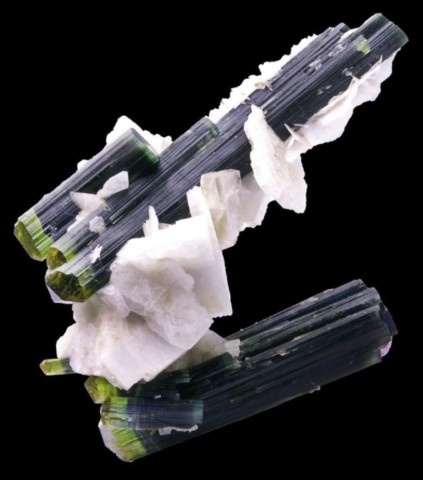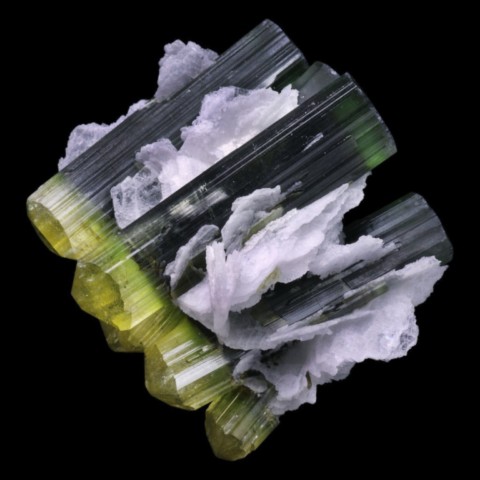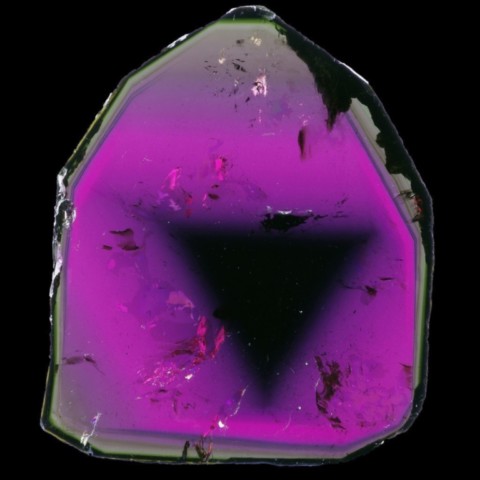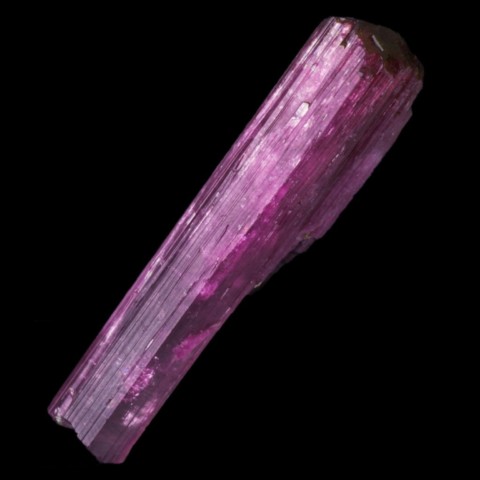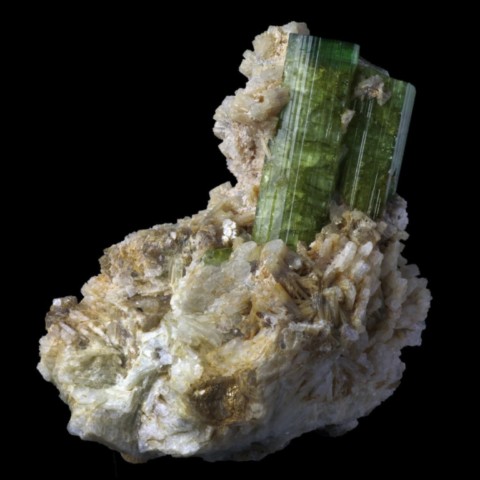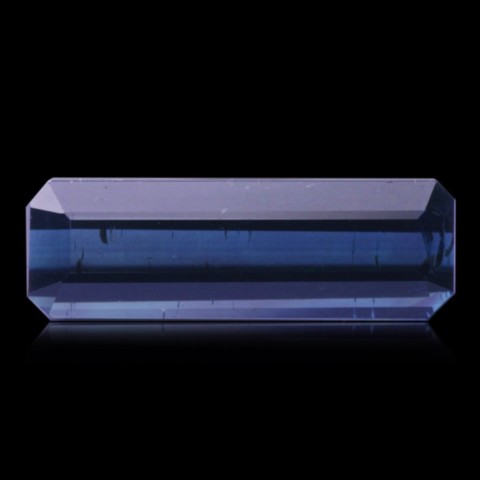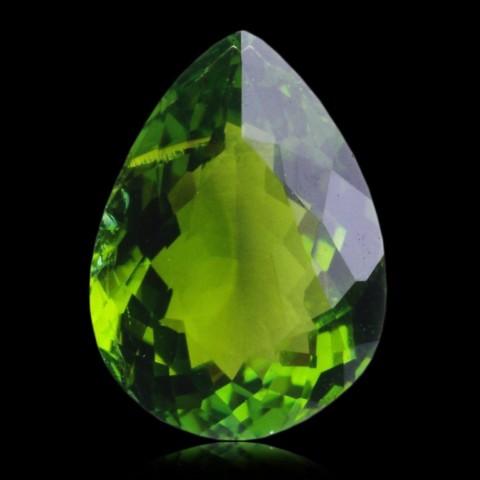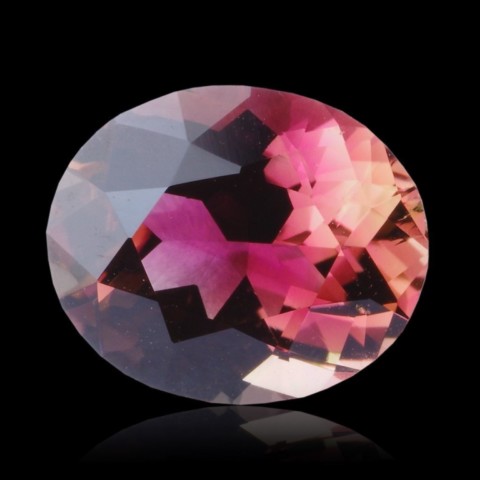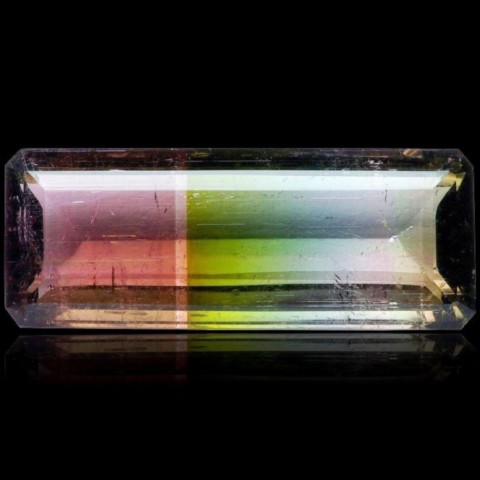 Elbaite - Encyclopedia
Elbaite - Encyclopedia
Class : Silicates
Subclass : Cyclosilicates
Crystal system : Trigonal
Chemistry : Na(Al,Li)3Al6(BO3)3Si6O18(OH)4
Rarity : Uncommon
Elbaite is a sodium and lithium tourmaline which forms a series with the magnesium dravite. It is a tourmaline specific to sodolithic pegmatites where it rubs shoulders with lepidolite, sometimes beryl and topaz. It owes its name to its place of discovery : the Island of Elba. Like the majority of minerals in the tourmaline group, elbaite is almost always well crystallized. Its crystals are usually elongated prisms strongly striated according to elongation, with a triangular section with curved edges and pyramidal endings. The fracture is uneven and the crystals, often broken, are re-cemented by later minerals (especially quartz). The crystals are commonly associated in parallel or radiate groupings. Elbaite is variously colored, which results in the distinction of numerous varieties : rubellite (pink to dark red), indicolite (blue), verdelite (green) and achroite (colorless), but the coloring frequently varies from one end of the crystal to the other (tsilaïsite variety, multi-colored). The light green color is due to the presence of Fe2+ ions, the pink color to Mn3+ ions (and not to lithium as is often thought), the colorless varieties being rich in Mg2+ or Mn2+ ions. The “neon” blue color of Paraíba tourmaline is attributed to Cu2+ and the yellow color could be linked to Ti4+ and Fe2+. The coexistence of several varieties within the same deposit is commonplace. It is a stone widely used in jewelry since the 16th century, it is used in the manufacture of pressure gauges thanks to its piezoelectric properties.
Main photo : Elbaite from Stak Nala, Haramosh Mts., Roundu District, Gilgit-Baltistan, Pakistan
Elbaite in the World
Twinning
Twins are known on {10-11} and {40-41} but are very rare.
Fakes and treatments
As this mineral is often naturally fractured, it is not uncommon for the crystals to be restored and glued back together. Numerous assemblies also exist, particularly from Pakistan and Afghanistan.
Some rubellites from Pakistan showing a beautiful pink color are also irradiated. This treatment is very difficult to detect unless the specimens present matrix with quartz which is then smoky in color.
Certain isolated tourmaline crystals may also have been heated, the inclusions of which the tension discs can make it possible to highlight this treatment under magnification.
Tourmaline has not yet been synthesized due to its complex chemistry, but some gemstones are diffused with copper to give them a beautiful Paraiba blue-green color (difficult to highlight without laboratory equipment).
Hardness : 7.5
Density : 2.9 to 3.1
Fracture : Irregular to conchoidal
Streak : White
TP : Translucent to transparent
RI : 1.615 to 1.651
Birefringence : 0.018 to 0.021
Optical character : Uniaxial -
Pleochroism : Strong
Fluorescence : Blue if titaniferous
Solubility : Hydrofluoric acid
Magnetism : Paramagnetic
Radioactivity : None

